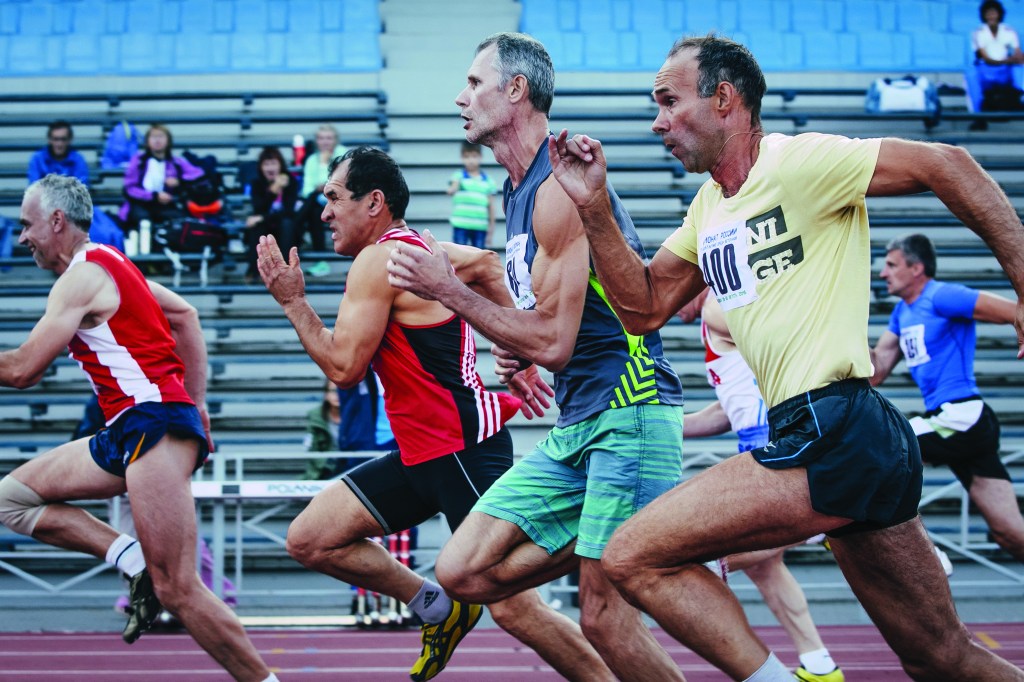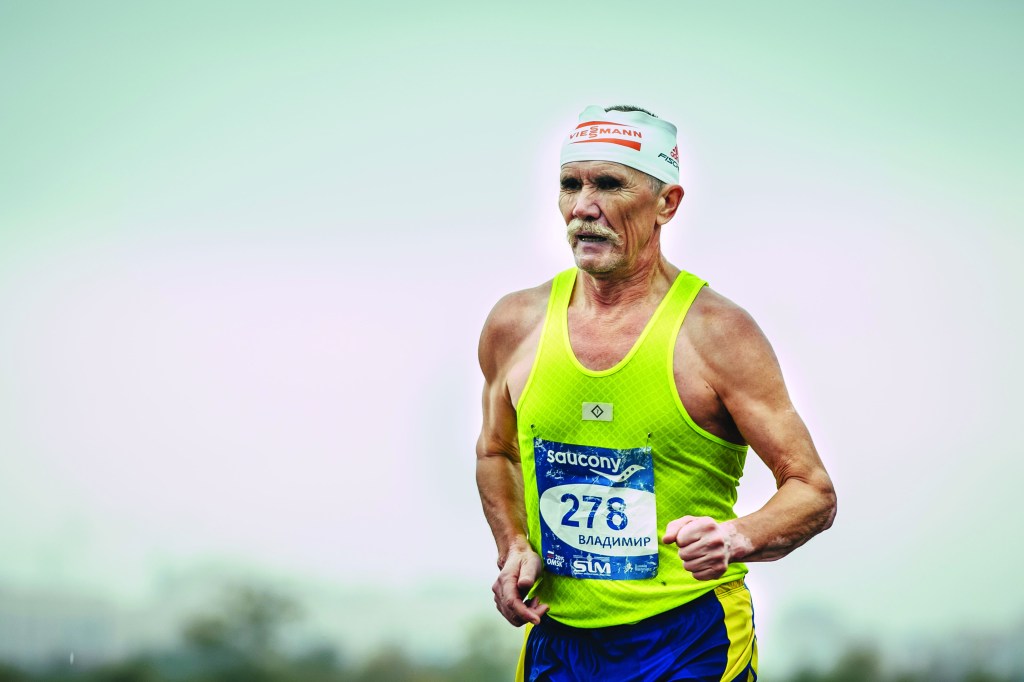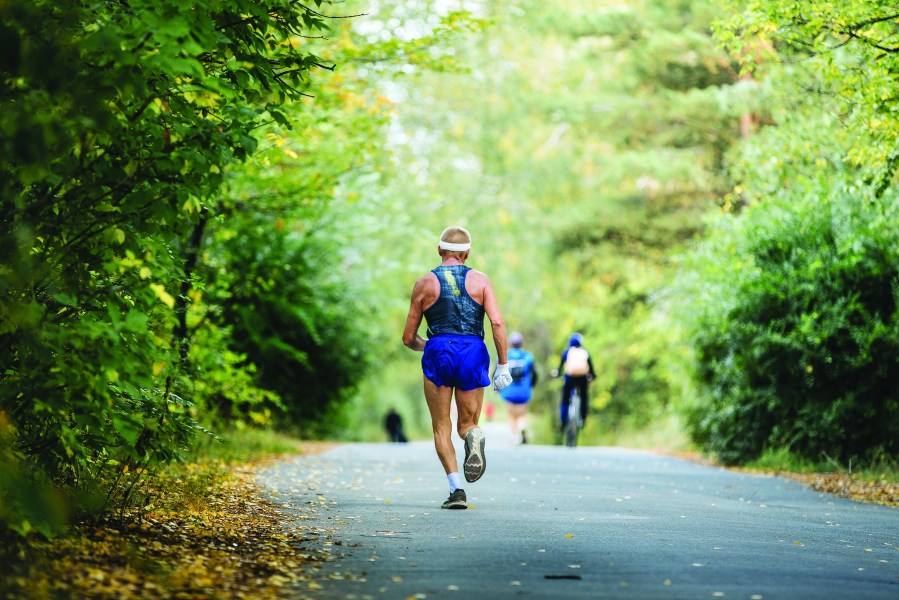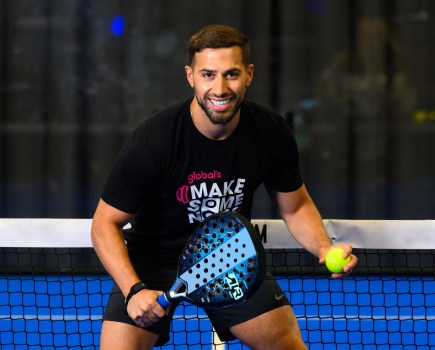It’s never too late to start running and the benefits of taking up running in your fifties and beyond far outweigh the pitfalls
Across the board there are growing numbers of runners signing up to events in their fifties, sixties, seventies and eighties.
Taking up running in your fifties and beyond doesn’t necessarily mean you’re playing catch-up in the health stakes either.
Studies show that competitive athletes in their sixties, seventies and eighties and even nineties tend to have more and healthier muscle mass, stronger hearts and much less body fat than non-athletes of the same age.
“I’d done a bit of running when I was younger but it was when I hit 50, in 2018, that my wife suggested I join a running club – and I haven’t looked back since,” says Dave Harding, 56, a postman from Westcliff-on-Sea.
For Harding, the solitude of being a regular runner had been one of the reasons he’d steered clear of it in later life.
That was until a chance to try out with his local club proved to be a transformative moment. “Because I’d never been consistent with my running, I’d never really stuck at it. But the club – Leigh-on-Sea striders – proved to be a great motivator.”
“It’s been great having others to talk to about running—especially things I wasn’t sure about. Sometimes I chat with people half my age who know so much about techniques and training. It’s been a real learning curve.”
Reaping rewards
Running coaches, physiotherapists and health professionals are generally supportive of those keen to get physically and mentally fitter through running – even when taking it up for the first time as they get older.
“’Masters’ athletes have fewer long-term health conditions than aging non-athletes,” Professor Jamie McPhee, a musculoskeletal physiology specialist at Manchester Metropolitan University has confirmed.
“They take fewer medications, have fewer GP and hospital visits,and their physical function is excellent.”

Reasons to tread carefully
That’s not to say it’s an entirely risk-free process taking up running or returning to it in middle age. “Any change in exercise habits can bring the potential for injury,” suggests James Thie, Head Coach at Coopah, official training partner for London Landmarks Half Marathon.
“Often injuries come from trying too much, too soon and without the proper build up or advice.”
The normal areas of overload on the body when returning to running are the shins, calf muscles, knees and lower back.
“The best way to prevent injuries is start to be realistic with your starting point and have a plan to support your weekly running structure,” says Thie.

Advanced moves for the 50-somethings
Even experienced runners can raise their game and improve their performance with cross-training and some moves to use when you’re not pounding the pavements
- Have one high intensity workout each week, which helps to retain muscle strength and is a quick and effective way to improve cardiovascular fitness – aim to train at 80% of your maximum heart rate and try an interval session of 60-90 seconds sprint intervals.
- Learn self-massage to target the knots and tangles that constrict the flow of blood through to your muscles. More common ailments including tight hamstrings and back problems can be alleviated by encouraging the blood flow and reducing arterial stiffness.
- Strength training helps preserve bone density and keep the metabolic rate elevated. Perform combined exercises like squat and press, clean and dead lifts – and make stretching a must within each training session.







